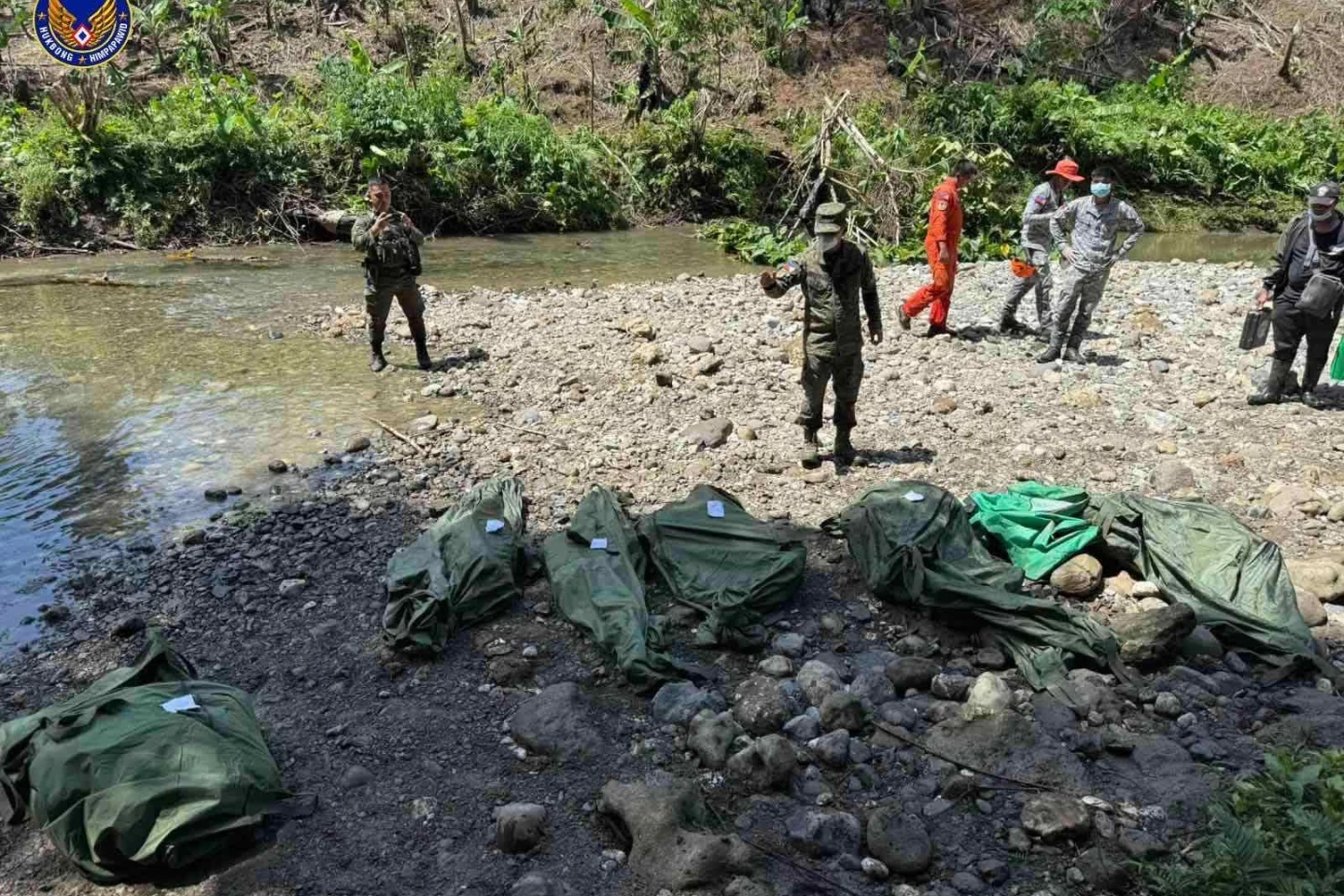Millions are affected as the nation battles one of its deadliest storms in recent years, prompting urgent calls for aid and reconstruction.
Philippines has declared a nationwide state of emergency after Typhoon Kalmaegi tore through the country, leaving at least 114 people confirmed dead and 127 still missing, according to official reports. The combined toll has surpassed 241 casualties, prompting President Ferdinand Marcos Jr. to place the nation under a state of calamity to expedite rescue and relief operations.
The typhoon, which made landfall earlier this week, caused catastrophic flooding and landslides across several provinces, particularly Cebu, Leyte, and Samar, submerging towns, destroying homes, and displacing nearly 560,000 people. More than 2 million residents were affected as heavy rains and winds exceeding 150 km/h battered the central and northern regions.
President Marcos Jr., in a televised address, said the declaration would “mobilize all government resources to assist the affected communities” and allow authorities to control prices of essential goods to prevent hoarding and profiteering. “We will rebuild stronger and safer communities,” he stated.
Rescue teams continue to wade through floodwaters and debris in search of survivors, though access to several remote areas remains blocked by landslides and collapsed bridges. The Philippine Red Cross and military units have been deployed to assist in evacuation and relief efforts, while emergency shelters are reportedly overflowing in some regions.
Environmental experts and local officials have pointed to poor drainage systems, illegal quarrying, and deforestation as key factors that worsened the flooding, particularly in Cebu Province, which bore the brunt of the disaster.
The devastation comes just weeks after a 6.9-magnitude earthquake struck the same region, further complicating recovery efforts. “Communities were already weakened, and Kalmaegi has made the situation dire,” said an official from the National Disaster Risk Reduction and Management Council (NDRRMC).
With another tropical disturbance forecasted to approach the Philippines in the coming days, authorities have urged residents in vulnerable areas to remain on alert and prepare for potential evacuations.
The Philippines, which faces an average of 20 typhoons annually, remains among the world’s most disaster-prone nations. As relief operations continue, the government has appealed for international aid to support rebuilding efforts and restore vital infrastructure.
Pic Credit: AP






